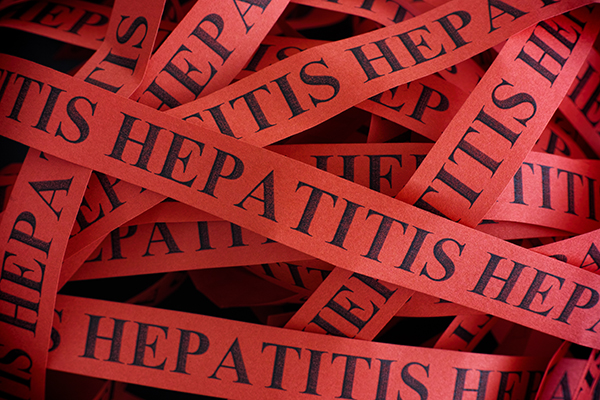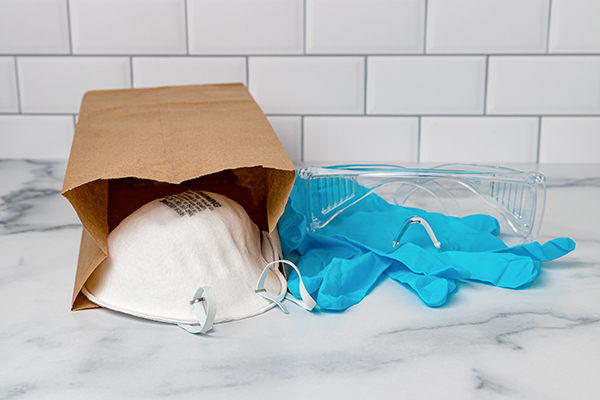E. coli, Campylobacter, Salmonella, and Listeria monocytogenes…oh my!
Last month, I blogged a bit about the human factor in food safety. In the foodservice management realm, I do think the human factor is our biggest challenge, day in, day out. While the human factor is a major contributor to most foodborne illness outbreaks, we can’t forget about the microbial enemy we face on a daily basis.
Late in April, the International Journal of Infectious Diseases published a report from a group of researchers in the United Kingdom. The report outlined the results of an investigation of a Shiga toxin-producing Escherichia coli (STEC) O157:H7 outbreak between August 3 and August 16, 2020 in the United Kingdom. While we don’t often focus on outbreaks in other countries, this was of particular note, because it was again traced back to an ingredient so many of us would ever associate with an E. coli outbreak: produce, cucumbers to be specific.
What I found particularly interesting in this report was the fact the outbreak occurred in a fast-food restaurant that conducted regular microbiological testing on both raw and finished products, and all tests came back negative. Whether you operate a school foodservice operation with a HACCP system in place or a small independent restaurant operation with a strong food safety program – consider how such an outbreak would have impacted you. As much as we’d like to hope our food safety protocols would stop this sort of outbreak, it would be difficult, especially when dealing with an item such as fresh produce with no “kill step” in the production process.
As we all know, microbial contamination can take place at any point in the food chain, long before it arrives at our loading dock in a foodservice operation. The most common pathogenic bacteria that impact the supply chain include E. coli, Campylobacter, Salmonella, and Listeria monocytogenes. For the blogs this month, I thought I’d focus on exploring each of these a bit to refresh your memory from the last time you took a food safety class.
In the foodservice world, I think we all have feared the “e” word for years. I began my career in foodservice in the early-1990s, shortly after an E. coli outbreak was ravaging the east coast. That outbreak eventually led to 700 people falling ill in four states, resulting in 171 hospitalized and four deaths. We now know the outbreak was cause by E. coli and was traced back to 73 Jack in the Box locations who were undercooking ground beef, because cooking them to the required temperature made them too tough.
…microbial contamination can take place at any point in the food chain, long before it arrives at our loading dock in a foodservice operation.
Rather than the animal sources we used to attribute most E. coli outbreaks to, less than half of recent outbreaks are traced back to animal sources. The Centers for Disease Control and Prevention report of E. coli outbreaks from the last three years showed the only two were from animal sources (beef and bison), four were traced back to produce (three to lettuce/greens and one to clover sprouts), one was attributed to flour, and three were unknown sources.
Generic E. coli bacteria are generally harmless and are found in the digestive tract of many healthy animals and people. When we think of E. coli, most of us (well, at least this is true for me) immediately think of the Shiga-toxin producing E. coli or STEC for short, of which, O157:H7 is the most common strain found in North America.
STEC causes illness by producing toxins in the body which will damage the lining of your small intestine, resulting in diarrhea. Many cases of E. Coli infection do not result in serious health consequences; however, in 5% to 10% of individuals (usually those who are very young), these toxins will travel to the bloodstream, damaging your kidneys and destroying red blood cells – leading to hemolytic uremic syndrome.
To prevent E. coli infections, we all know the importance of cooking ground meats to 160°F, but that obviously will not help with produce items. Be sure to practice good personal hygiene and avoid cross contamination. Also, be sure to work with reputable suppliers who are knowledgeable about food safety. In an age where local and farm-fresh produce is prevalent in many of operations, have a conversation with your grower and make sure they are using good agricultural practices, including practicing good personal hygiene; utilizing safe irrigation sources; using only treated fecal waste; maintaining their harvesting, storage, and packaging equipment; and minimizing any cross contamination that could occur in the delivery process.
Campylobacter isn’t a bacterium known widely outside of food safety or foodservice management, but it is the most common source of diarrhea in the United States, affecting 1.5 million Americans, yearly. It is commonly carried by poultry and cattle. One study found just shy of 25% of all raw chicken purchased from retailers throughout the United States carried Campylobacter.
Recent outbreaks have been traced back to poultry, raw milk, and untreated water. Just a single drop of juice from a chicken that carries Campylobacter is enough to make an individual ill. Thus, the ease of cross contamination is high.
Campylobacter illness has been known to lead to Guillain-Barré syndrome, but data shows this happens about once in every 1,000 reported Campylobacter illnesses. Campylobacter infections rarely result in long-term health complications.
To prevent Campylobacter infections, be sure to wash your hands, prevent cross contamination, drink only pasteurized milk, do not drink untreated water, and be sure to cook chicken to 165°F.
Later in the month, our blog will explore a bit more about Salmonella and Listeria monocytogenes, including some ways you can prevent them in your foodservice operation. We also have another SafeBites Webinar quickly approaching! On May 19 at 1:00 pm, Dr. Sara Gragg, an associate professor of animal sciences and industry at Kansas State University will present “The Science Behind the Temperature Danger Zone and Limiting Bacterial Growth.” Be sure to sign-up and join us. In the meantime, if you have any questions about microbiological contamination or suggestions for future SafeBites Webinars, please feel free to reach out via email. Risk Nothing.










